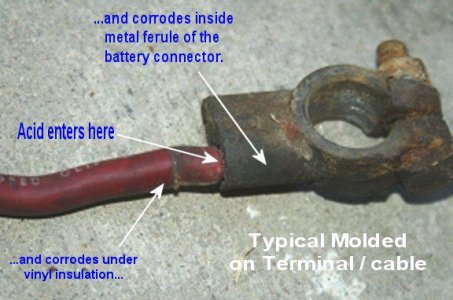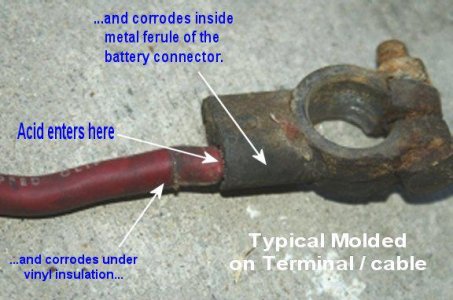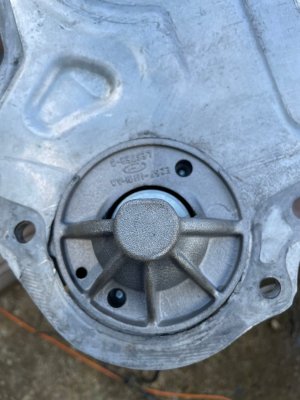I have an '87 Bronco II Fuel Injected 2.9L Automatic 4x4. I purchased the vehicle under the impression it needed a new starter. BUT...I've been through 3 remans from different parts stores and currently it has a brand new one on it. On the bench the old one checked out too. Flexplate is fine. I have replaced all wires. It has a new solenoid. New battery and reads good. when I first bought it, it was screeching. but would eventually start. Now the bendix only whines. Infact thats all it did on every starter I put on it. I'm losing my mind. Everything has been replaced and triple checked. I can't find any solutions in other forums. I keep seeing "Problem solved" I do what they did and nothing. Shims. new bolts. New wiring. New battery, etc. is there more than one starter for these? Are there common issues with flexplates? Although I'm getting good voltage and everythings been replaced and triple checked.. if I hook a jumper box to it I can at least get the bendix to engage. But just screeches on the flexplate.
Last edited:



